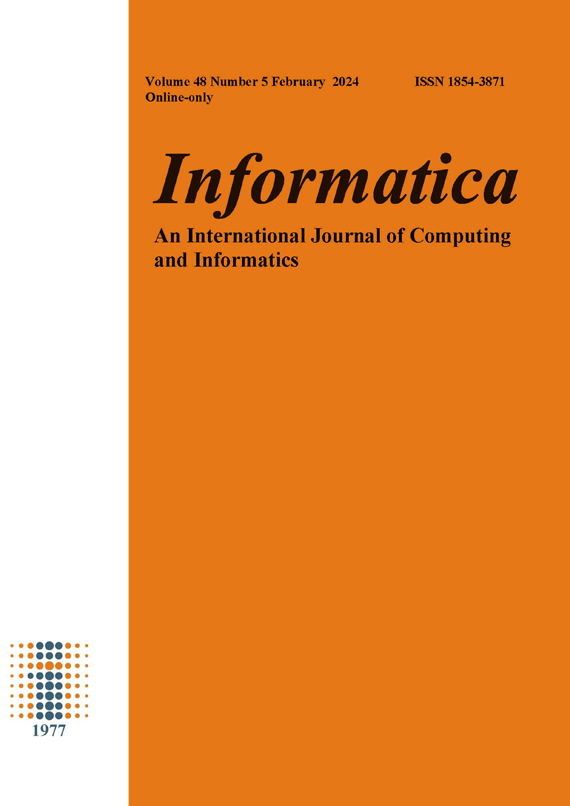A Deep Reinforcement Learning Model-based Optimization Method for Graphic Design
DOI:
https://doi.org/10.31449/inf.v48i5.5295Abstract
The significance of Deep Reinforcement learning is sensibly represented in the method of optimizing the graphic design and space framework of buildings in context with the worldwide big data environment, wherein people have increasingly stringent requirements for building layout and design and conventional layout is increasingly inadequate. This research put out a novel approach to topology optimization using deep learning in geometry. Deep neural networks characterize the density distribution in the design domain. By employing a geometry-based deep learning approach to represent the density distribution function, we can successfully avoid the checkerboard phenomena and ensure a smooth border. With a deep learning reinforcement approach, the design variables may be drastically decreased. In adjusting the designs of neural networks, we may fine-tune not only the minimal length but also the structural complexity. The effectiveness of the suggested technique is shown by several 2-Dimensional and 3-Dimensional numerical results ranging from minimal conformance to stress-constrained issues.
References
Request to process the paper in UF
Downloads
Published
Issue
Section
License
I assign to Informatica, An International Journal of Computing and Informatics ("Journal") the copyright in the manuscript identified above and any additional material (figures, tables, illustrations, software or other information intended for publication) submitted as part of or as a supplement to the manuscript ("Paper") in all forms and media throughout the world, in all languages, for the full term of copyright, effective when and if the article is accepted for publication. This transfer includes the right to reproduce and/or to distribute the Paper to other journals or digital libraries in electronic and online forms and systems.
I understand that I retain the rights to use the pre-prints, off-prints, accepted manuscript and published journal Paper for personal use, scholarly purposes and internal institutional use.
In certain cases, I can ask for retaining the publishing rights of the Paper. The Journal can permit or deny the request for publishing rights, to which I fully agree.
I declare that the submitted Paper is original, has been written by the stated authors and has not been published elsewhere nor is currently being considered for publication by any other journal and will not be submitted for such review while under review by this Journal. The Paper contains no material that violates proprietary rights of any other person or entity. I have obtained written permission from copyright owners for any excerpts from copyrighted works that are included and have credited the sources in my article. I have informed the co-author(s) of the terms of this publishing agreement.
Copyright © Slovenian Society Informatika








